12 Remarkable Step Pyramids Around the World You Must Explore
Step back in time as we embark on an incredible journey to unveil the secrets of ancient step pyramids scattered across our breathtaking planet. Each of these monumental structures invites you to explore the stories they hold—stories of worship, power, and ingenuity that shaped civilizations. Why did these cultures build such towering tributes to their gods? What mysteries lie within their ancient stones? Strap in for an adventure that leads us through lush jungles, arid deserts, and the rolling hills of history!
Table of Contents
- Teotihuacan: The City of Gods in Mexico
- Candi Sukuh: The Unique Hindu Temple of Java
- El Tajin: The Pyramid of the Niches
- Step Pyramid of Djoser: Egypt’s First Pyramid
- Palenque: Echoes of the Maya in Chiapas
- Tikal: A Jewel of the Guatemalan Rainforest
- Great Ziggurat of Ur: A Sumerian Marvel
- Monte Alban: The Ancient Oasis of Oaxaca
- Calakmul: City of the Serpent Kings
- Uxmal: The Mysterious Pyramid of the Magician
- Caracol: The Celestial City of the Mayans
- Chichen Itza: The Architectural Wonder of the Maya
Teotihuacan: The City of Gods in Mexico
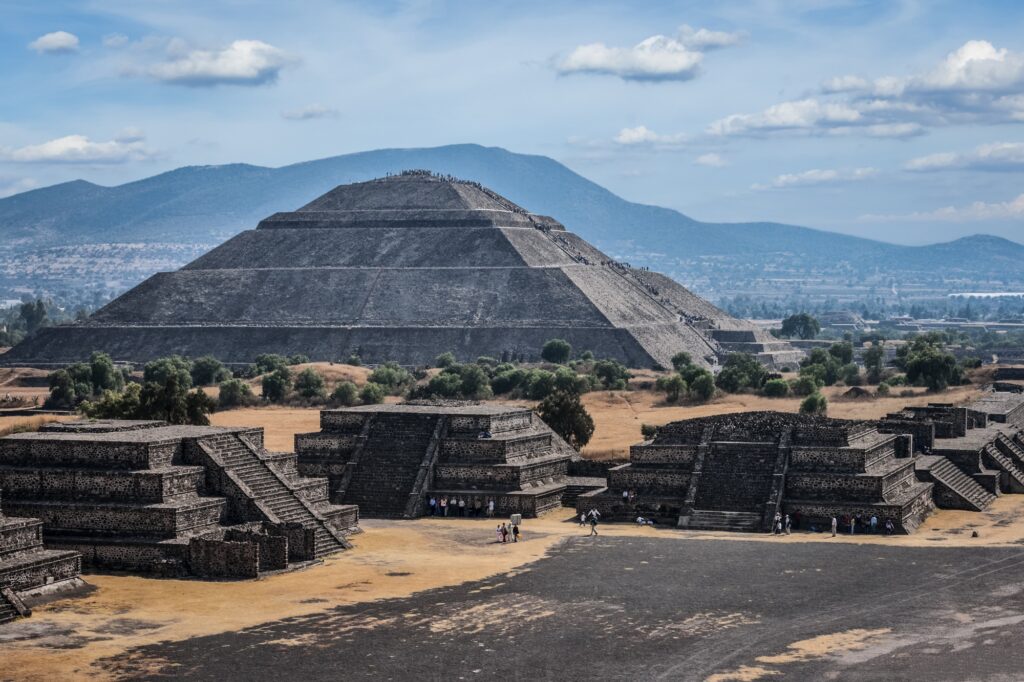
In the heart of Mexico, the sprawling ruins of Teotihuacan beckon with a captivating mystery. Founded in the 2nd century BC, this ancient metropolis is home to monumental structures that evoke awe. The Pyramid of the Sun, an extraordinary feat of engineering, towers at 246 feet, compelling visitors to ponder the sophisticated civilization that built it.
Once the largest city in pre-Columbian America, Teotihuacan was revered by the Aztecs as a sacred site long after its people vanished. The grandeur of its architecture, including the equally impressive Pyramid of the Moon, reflects the sophisticated urban planning and social organization of its inhabitants, a mosaic of humanity lost to time.
Candi Sukuh: The Unique Hindu Temple of Java
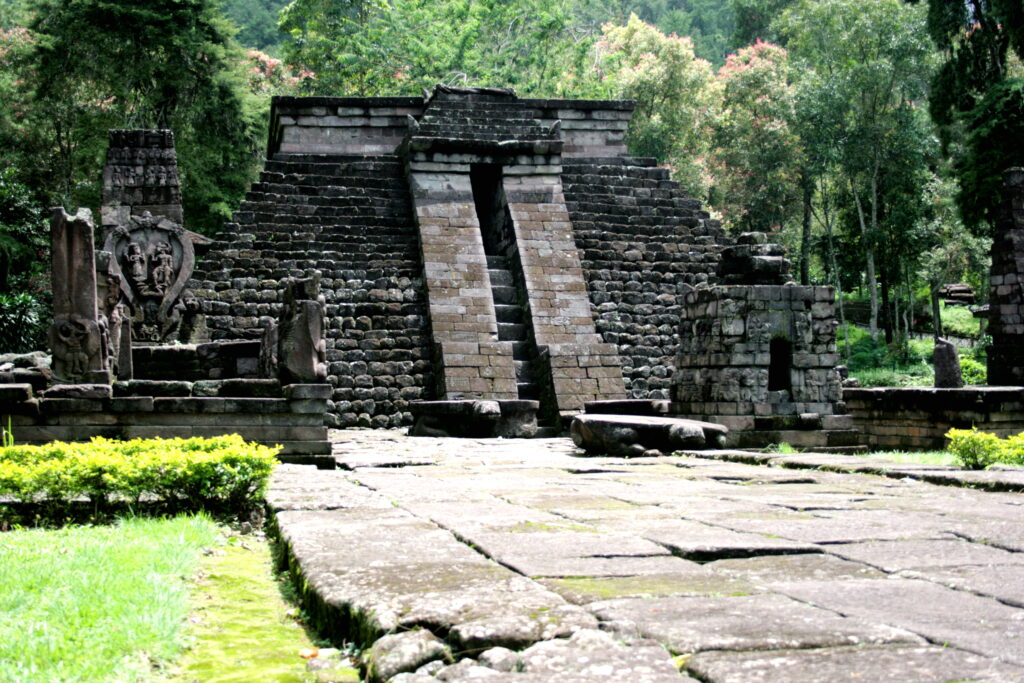
Nestled on the western slopes of Mount Lawu in Central Java, Indonesia, Candi Sukuh elegantly rises with a distinctly different architectural style that evokes the ancient Maya. Built in the 15th century, this Hindu temple stands out among other Javanese monuments with its step pyramid structure and enigmatic bas-reliefs depicting spiritual themes and fertility cults.
As you wander through this temple, the serene atmosphere allows you to contemplate the layers of its symbolic artistry. The life-sized figures surrounding the temple evoke tales of liberation and rebirth, inviting curiosity about the spiritual beliefs that once animated this sacred space.
El Tajin: The Pyramid of the Niches
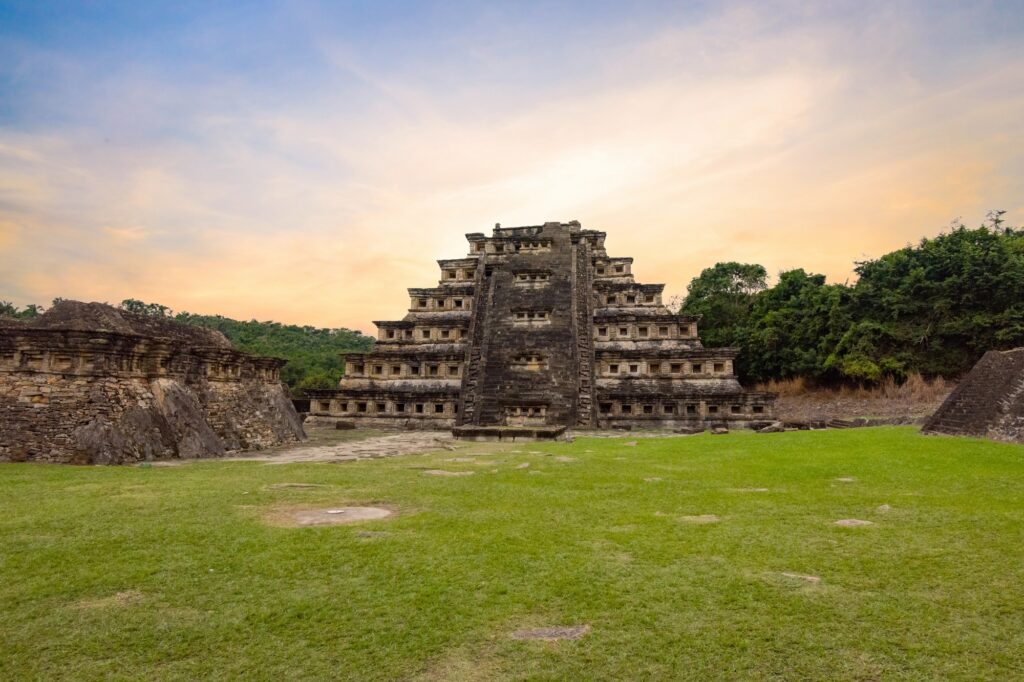
Journey into the scenic state of Veracruz, Mexico, where El Tajin rises from the earth like a phoenix. This ancient site, flourishing between 600 and 900 AD, is famous for its stunning Pyramid of the Niches, adorned with unique architectural details that reflect the culture of the Totonac people. With 365 niches, this pyramid is believed to be a solar calendar!
The historical significance of El Tajin extends beyond its pyramids; the lifestyle and rituals practiced here are intricately woven into the cultural fabric of ancient Mexico, leaving visitors captivated by its rich legacy.
Step Pyramid of Djoser: Egypt’s First Pyramid
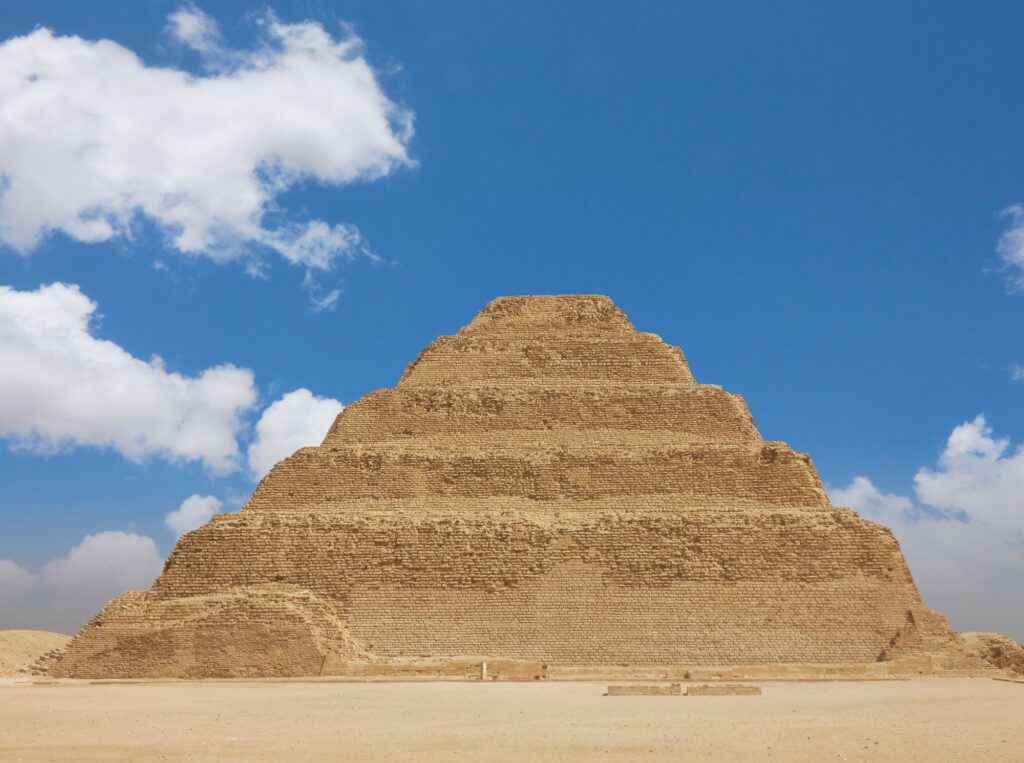
Wander back in time around 4,700 years to the first days of ancient Egyptian civilization with the Step Pyramid of Djoser, marvelously constructed in Saqqara. This impressive structure, designed by the visionary architect Imhotep, began its life as a traditional mastaba tomb before transforming into the world’s first monumental stone pyramid.
Rising to approximately 204 feet, the Step Pyramid stands not only as a monumental tomb for Pharaoh Djoser but as a symbol of ancient engineering prowess. Within its depths, the intricate burial chambers and tunnels reveal a glimpse into the funerary practices of a society that revered its leaders in life and death.
Palenque: Echoes of the Maya in Chiapas
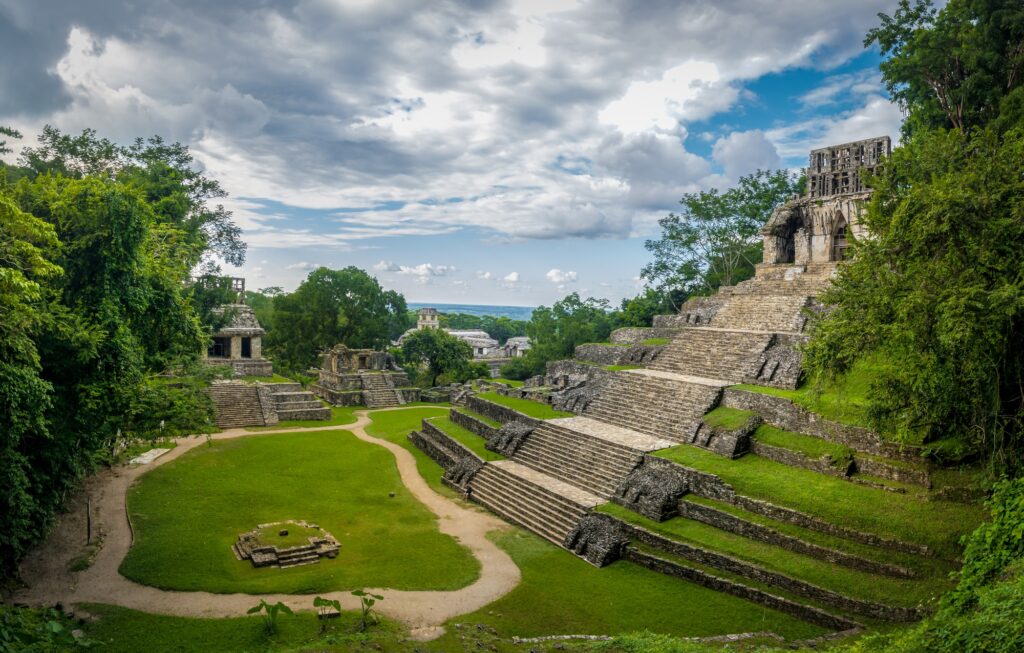
In the lush jungles of Chiapas, Palenque whispers tales of ancient Mayan ingenuity and artistry. Established around 600 AD, this UNESCO World Heritage Site showcases exquisite architecture amidst the frail embrace of nature. Richly adorned temples, including the Temple of Inscriptions—famed for being a funerary pyramid—stand in majestic beauty.
The stunning hieroglyphics inscribed within the temple delineate the achievements of its last ruler, Pakal the Great, painting a vivid picture of life, death, and the continuity of the Mayan legacy that flourished for centuries.
Tikal: A Jewel of the Guatemalan Rainforest
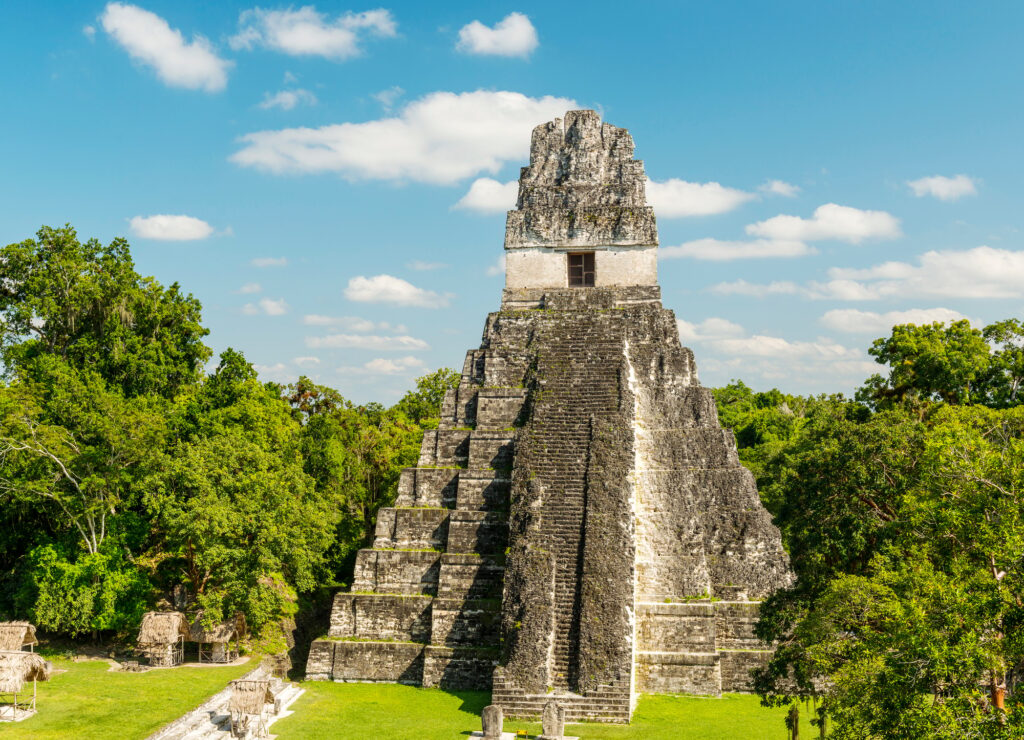
Amidst the verdant expanse of northern Guatemala lies Tikal, one of the most astounding ancient Mayan cities known to modern explorers. Once a thriving metropolis between 200 and 900 AD, this archaeological wonder is home to six colossal step pyramids, including the monumental Temple IV, which rises to a staggering height of 230 feet.
Exploring Tikal is like stepping into another world, where towering trees envelop the remnants of the ancient city, and the calls of howler monkeys fill the air. As you climb the temples’ heights, breathtaking views of the continuous canopy unfolding like a green carpet stretch into the horizon.
Great Ziggurat of Ur: A Sumerian Marvel
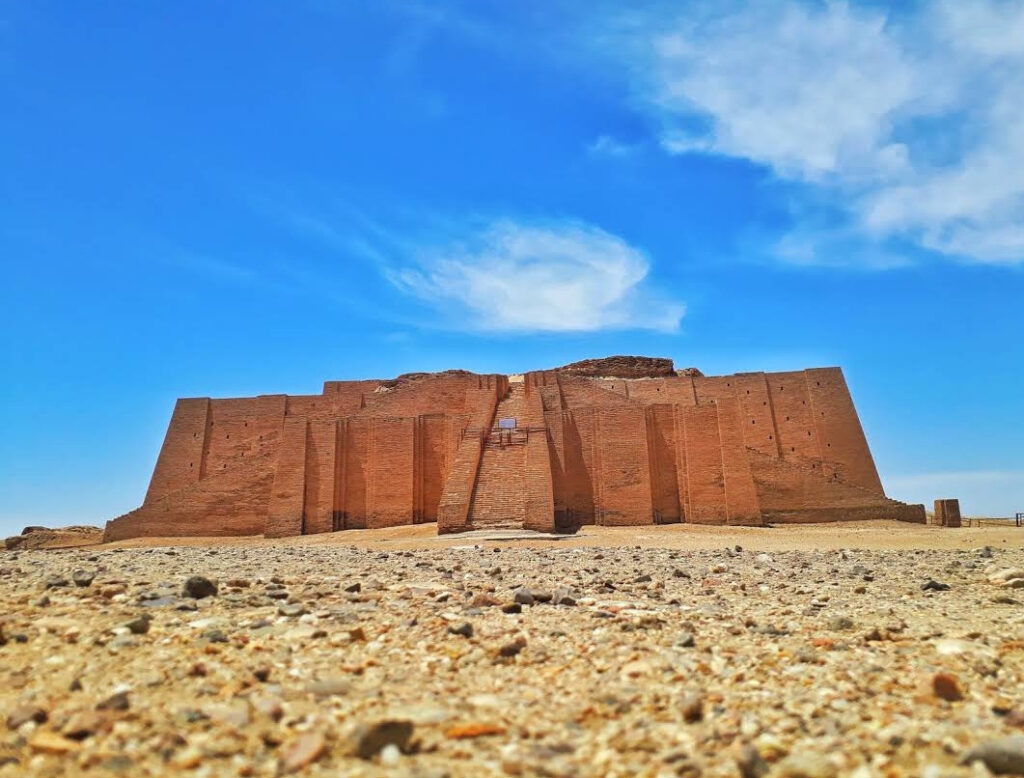
Rise to the ancient region of Mesopotamia in modern Iraq, where the Great Ziggurat of Ur stands as a testament to Sumerian architectural genius. Constructed around 2100 BC, this sacred structure was dedicated to the moon god Nanna and served as a place of worship and administrative center.
Its remarkable preservation offers an incredible glimpse into ancient society, where meticulous construction techniques and a reverence for divine architecture flourished. The ziggurat’s massive walls and layered steps create an awe-inspiring invitation to comprehend the breadth of Sumerian ambition and spirituality.
Monte Alban: The Ancient Oasis of Oaxaca
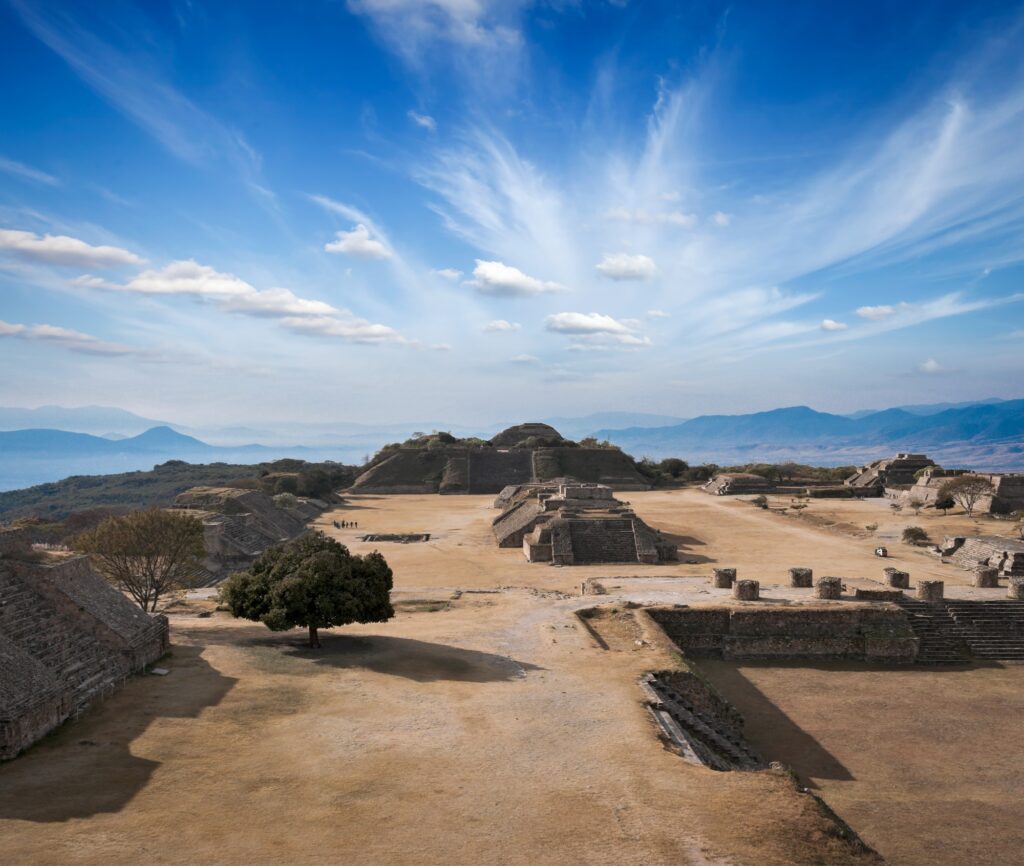
Perched high above the Valley of Oaxaca, Monte Alban reveals the grandeur of an ancient Mesoamerican city-state. Founded around 500 BC, it served as a vibrant ceremonial hub where the ruins tell tales of power, culture, and commerce. Its step pyramids rise boldly against the skyline, remnants of a society that thrived for centuries.
The panoramic views from Monte Alban are magnificent, offering a stunning backdrop against which ancient rituals and community gatherings once transpired. This archaeological wonder invites you to immerse yourself in the rich traditions that shaped the Zapotec civilization.
Calakmul: City of the Serpent Kings
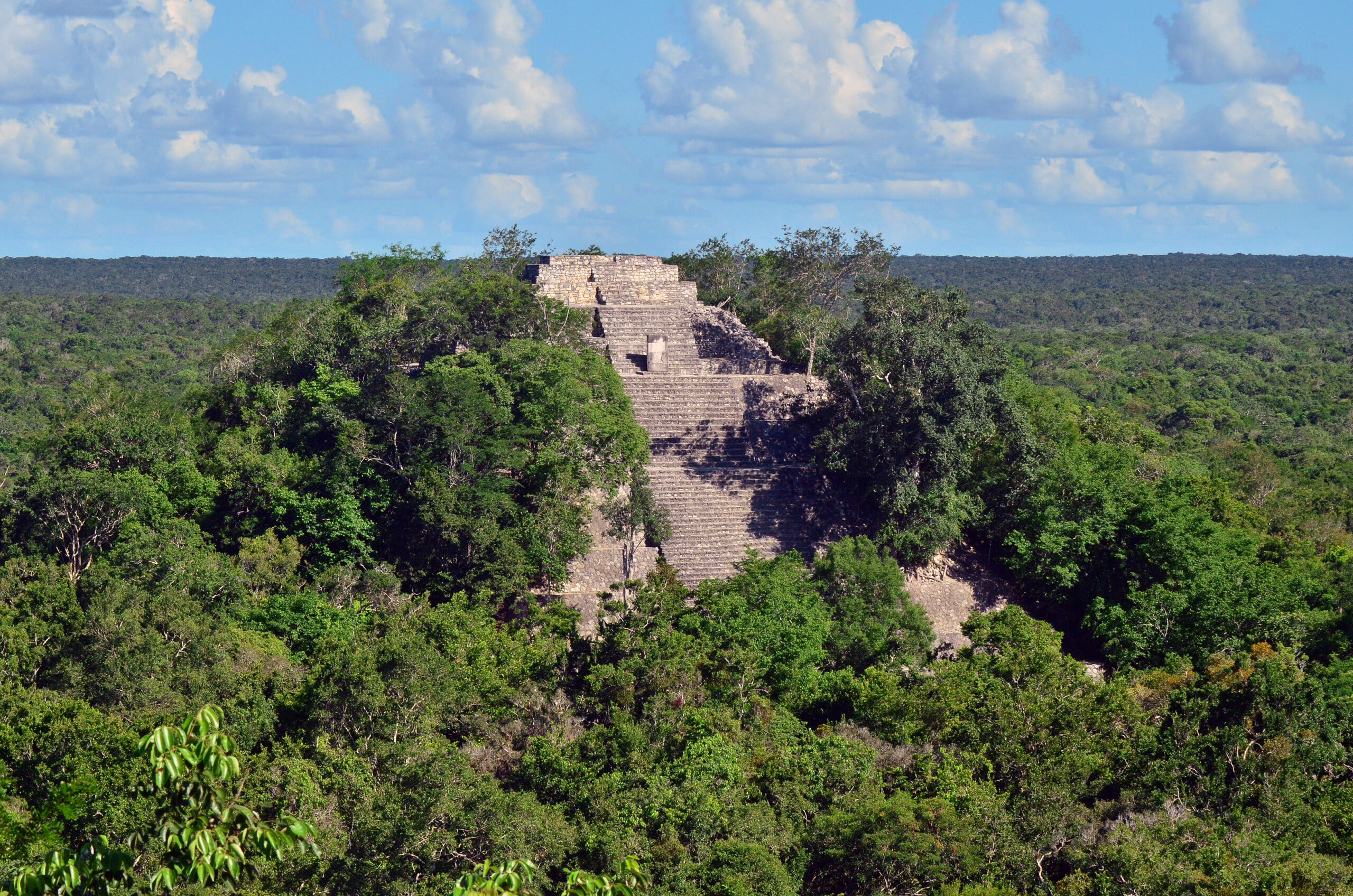
Hidden in the dense jungles of Campeche, Mexico, rests Calakmul, a once-thriving Mayan city that now lies silent, yet vibrant with ancient stories. With over 6,500 structures cataloged, this massive site features a Pyramid of 55 meters that beckons adventurers to experience its majesty.
The city served as a significant power center during the Classic Maya period, and its historical significance reflects in the inscriptions and monuments found within. Climbing the impressive pyramid unveils breathtaking views of the thick, green jungle that shrouds this enigmatic civilization.
Uxmal: The Mysterious Pyramid of the Magician
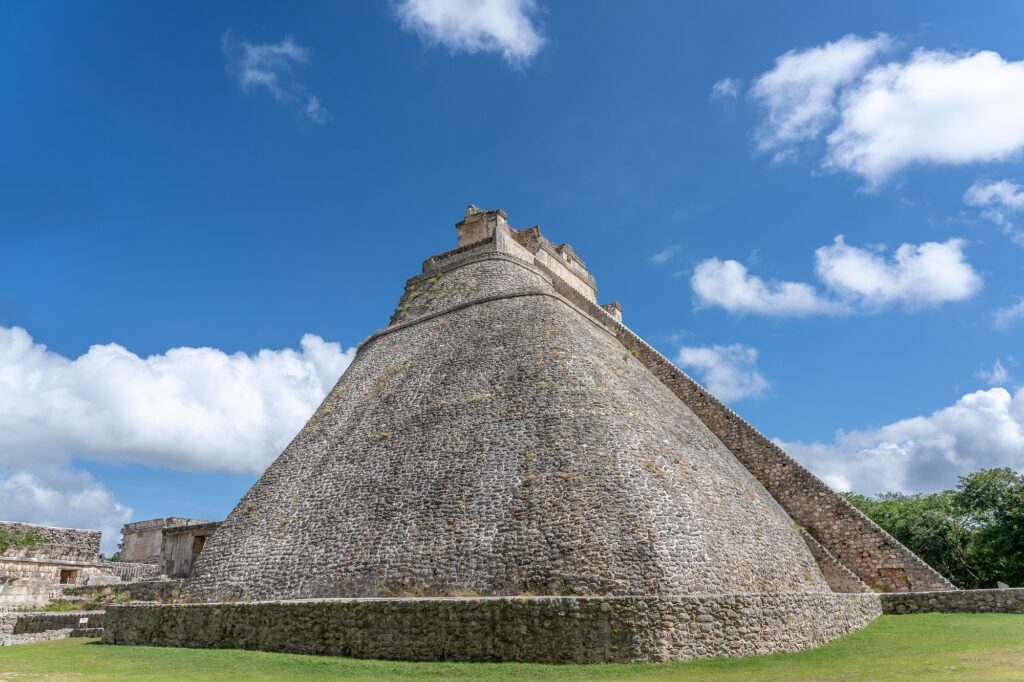
In the Yucatán Peninsula, Uxmal stands as a captivating testimony to the artistry and skill of the Maya. Renowned for its magnificent Pyramid of the Magician, this site exhibits unique oval-shaped layers that differentiate it from other Mayan pyramids. Believed to have been constructed in multiple phases, this architectural marvel stretches skyward at a height of 115 feet.
The stories surrounding Uxmal are steeped in mythology, with legends of a giant magician who built the pyramid overnight, infusing the site with awe and wonder. Each stone at Uxmal echoes the dreams and aspirations of those who once walked its sacred ground.
Caracol: The Celestial City of the Mayans
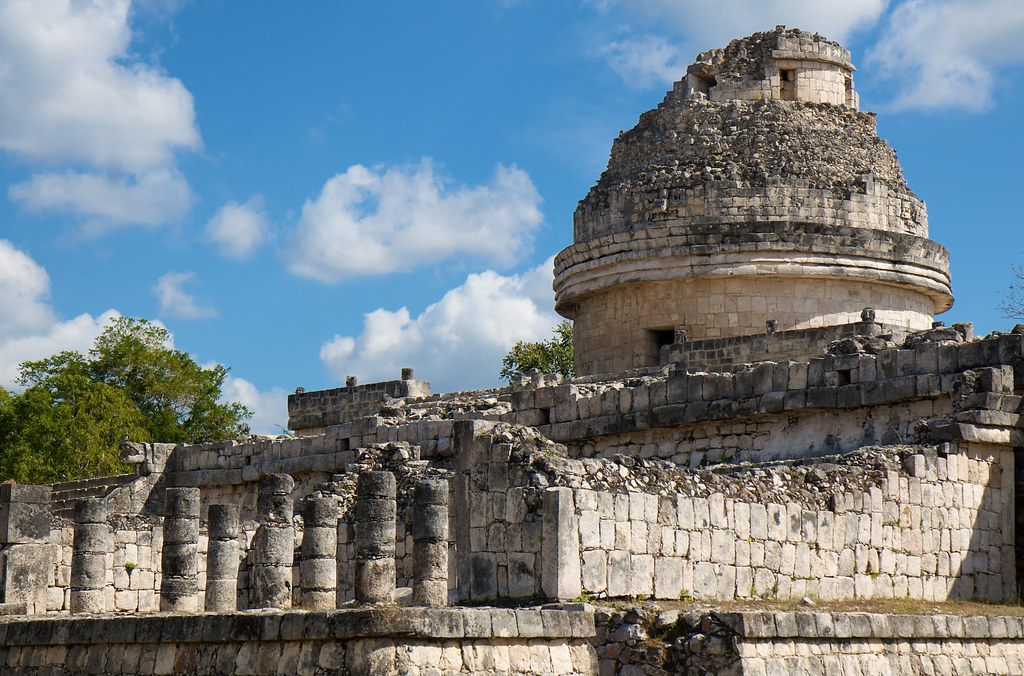
Perched on the majestic Vaca Plateau in Belize, Caracol captures the imagination with tales of an ancient civilization that flourished amidst lush landscapes. Once one of the largest Maya cities, it thrived around 650 AD, boasting a remarkable population of 150,000—greater than Belize City today!
The impressive temple of Canaa, rising 143 feet into the sky, showcases the remarkable ingenuity of the Maya in their architectural endeavors. Exploring Caracol is a true adventure, revealing the intricate connections between its structures and the cosmos, as the Maya were adept at navigating both land and space.
Chichen Itza: The Architectural Wonder of the Maya
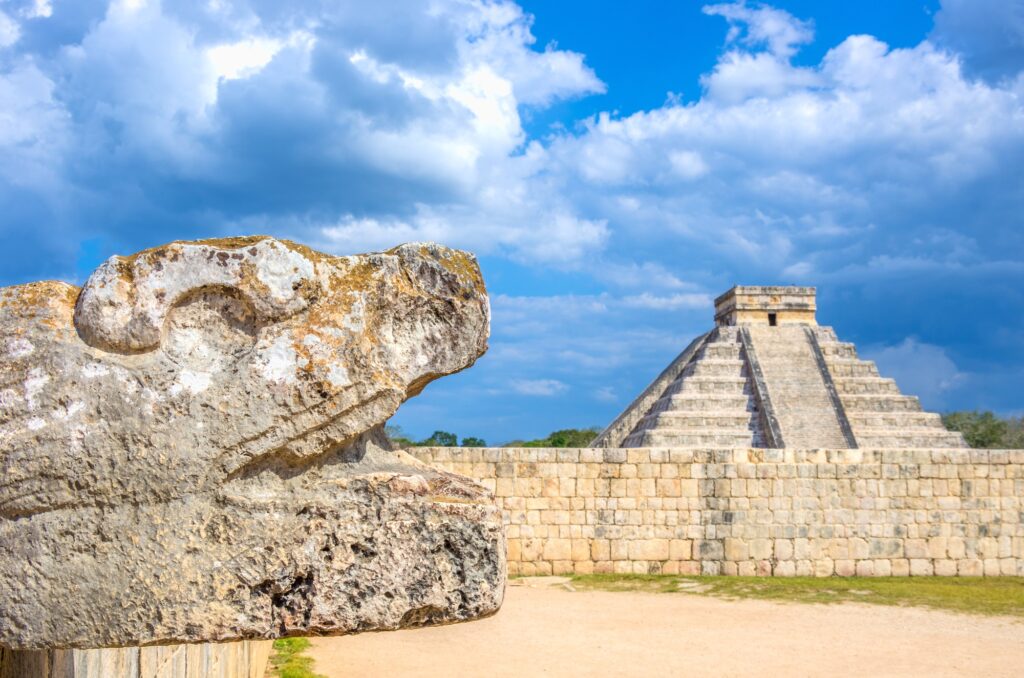
As one of the New Seven Wonders of the World, Chichen Itza in Mexico is an archaeological treasure trove that mesmerizes with its splendor. Dominating the site is the iconic El Castillo, a step pyramid steeped in astronomical significance. Its four sides, each with 91 steps, add up to 365—the days of the year, marvelously showcasing the Mayans’ adeptness in mathematics and astronomy.
The historical importance of Chichen Itza is undeniable, as it was once a major economic and political center during the Mayan civilization. Climbing its sacred steps may no longer be allowed, but standing in its presence allows visitors to connect with the profound legacy of a remarkable culture that thrived in the region.
